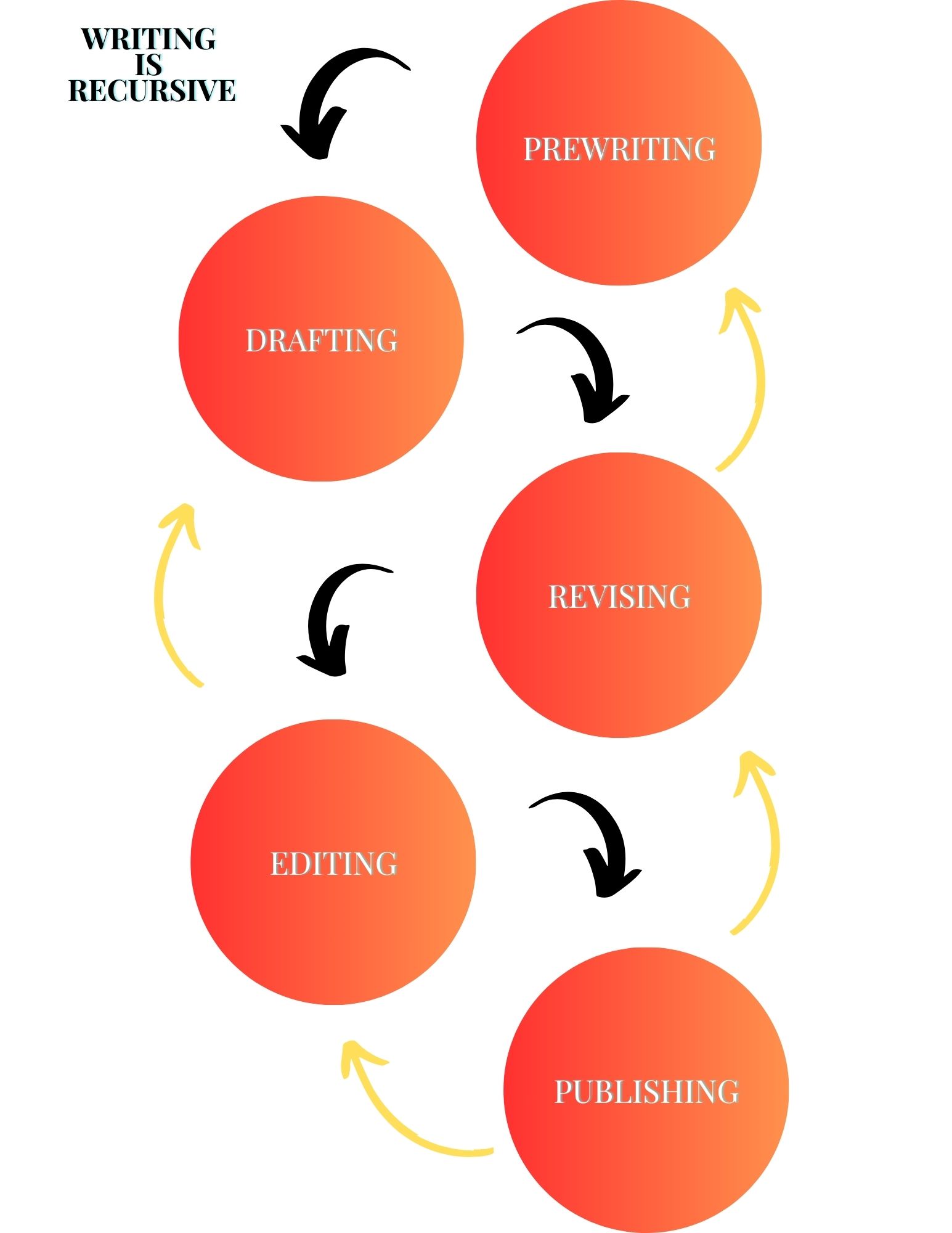It has been a downpour in the Midwest as of late, and the fog has been rolling in thick in the mornings. The constant thumping of rain has had a sweat lulling effect on my feelings toward the end of summer. But, rain brings about many emotions, from death to hopefulness. Often times, writers will touch on these themes and bring them together, as hope can arise out of the darkest depths of sorrow and grief.
Today, we are going to take a look at “The Rain” by James Whitcomb Riley.
Biography
Riley was an American poet who wrote a great deal of children’s poetry, including “Little Orphant Annie” and “The Raggedy Man.” He was known as the “Hoosier Poet” and “introduced audiences across America to the vernacular and attitudes of the Indiana countryside through his ‘dialect poetry’” (Museum).
Analysis
In three stanzas, “The Rain” conveys the contrast of sorrow and death with the overcast torrents of precipitation on a dreary day; also, it weathers the contrast between perception in dreariness and hope, even though the first two stanzas are much drearier.
“His hopes nigh dead and his heart worn out” the poem states and we get a feeling for why our unnamed character “…turned his face away, / And stared at the wall again,” for the rain “gushed” from above and seemed “pitiful” to him. We aren’t sure what to assume about the man’s feelings other than his disgust of the rain, but that should tell us something more. Perhaps his sickness related to it, or perhaps the poem is told in reverse.
He is sick in the beginning, and the corpse is that of his wife swirling in the rain water, and we flash back yet again to the couple looking at the rain hopefully. For example, “A corpse swirled by in a drift” as “And the new-made man and wife / Stood at the window-pane / Like two glad children kept from school.” The promise of life exists in the rain but it is also the bringer of sorrow and dreary days.
Conclusion
Riley’s poem is a sad one, I think, but it doesn’t have to be. I believe the hope that is apparent at the end of the poem is intentional, as it tells the reader that although death has occurred, it is still admirable to be young and hopeful. Unfortunately, death and hopefulness go together well, like a baby’s hand being held by a grandparent, or like young love looking toward a bright future in the gray, thundering sky.
“The Rain”
I.
The rain! the rain! the rain!
It gushed from the skies and streamed
Like awful tears; and the sick man thought
How pitiful it seemed!
And he turned his face away,
And stared at the wall again,
His hopes nigh dead and his heart worn out.
O the rain! the rain! the rain!
II.
The rain! the rain! the rain!
And the broad stream brimmed the shores;
And ever the river crept over the reeds
And the roots of the sycamores:
A corpse swirled by in a drift
Where the boat had snapt its chain –
And a hoarse-voiced mother shrieked and raved.
O the rain! the rain! the rain!
III.
The rain! the rain! the rain! –
Pouring, with never a pause,
Over the fields and the green byways –
How beautiful it was!
And the new-made man and wife
Stood at the window-pane
Like two glad children kept from school. –
O the rain! the rain! the rain!
Works Cited
“About Us.” James Whitcomb Riles Museum Home and Visitor Center. Web. https://rileymuseumhome.org/about-us/







